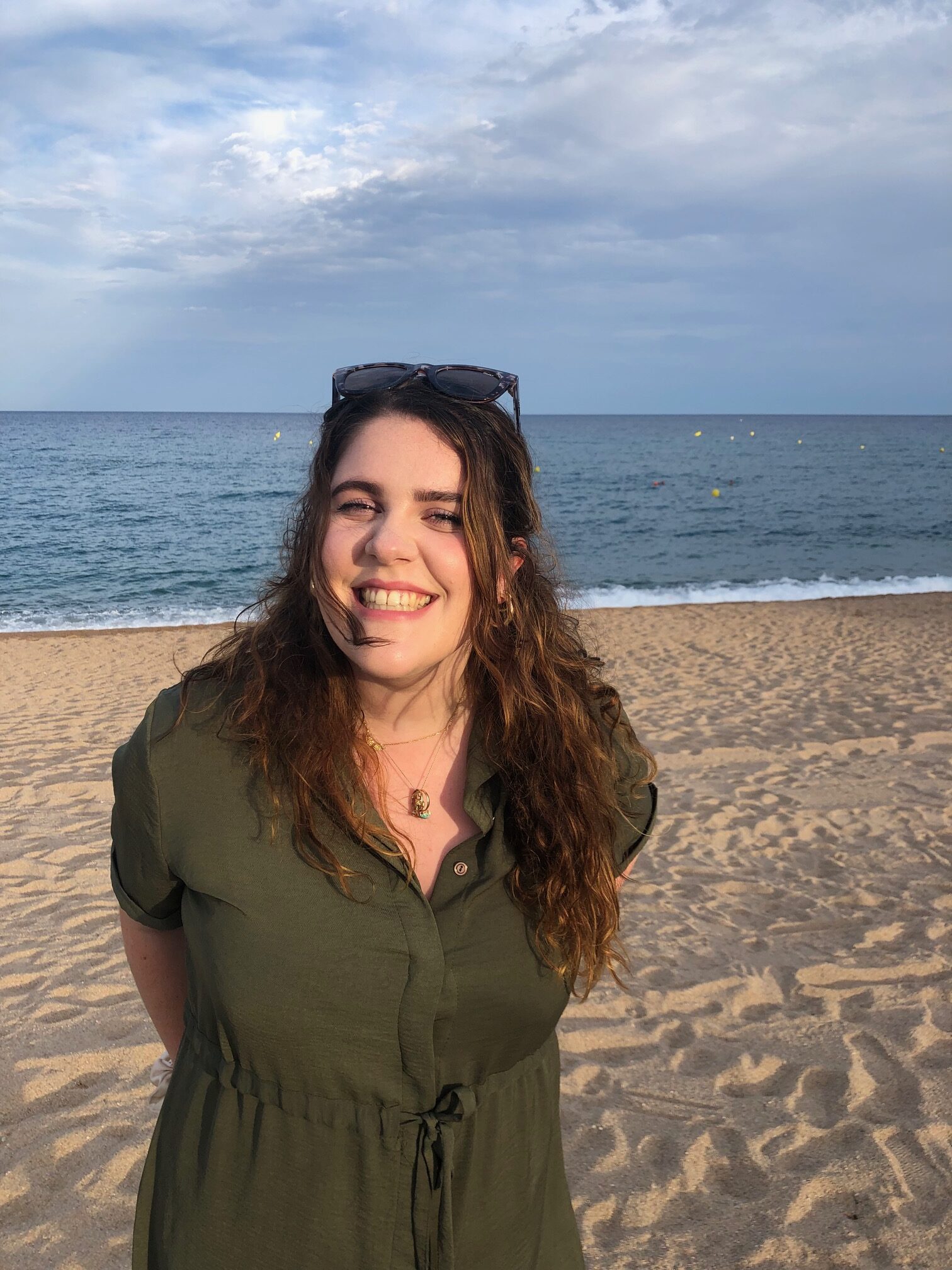
Give a warm welcome to our newest SD addition! Billie is a passionate SuDS advocate and she will bring a fresh surge of expertise and energy to our team.
Q: Welcome to the team, Billie! Can you tell us about why you picked this profession? What drew you in?
Billie: Hi! I have always liked maths but I didn’t think of it as a profession outside academia. When I was 17, my maths teacher showed me that maths could be a means for different professions – including engineering. Whilst I was not interested in mechanical or electrical engineering, the idea of contributing to the design of a building felt really inspiring to me!
The following year I enrolled in civil engineering at Loughborough University. I have fond memories of those years, especially of my placement at Brunsfield in Kuala Lumpur, Malaysia. I worked in Brunsfield’s design department doing BIM (Building Information Modelling), I supported site managers and led on-site inspections as well as monitored the work progress of construction teams. Malaysia is home to many different cultures and religions, so I had the chance to work with many wonderful people from different backgrounds. I think that experience helped me break out of my shell and improved many of those soft skills that are crucial when working in a team.
Q: What happened next?
After that year, I came back to Uni and focused on writing my dissertation on ‘Emergency Sanitation: Superstructures’ – a topic that it’s still close to my heart – and defining a checklist and guide for superstructures of latrines. I had the chance to speak with many professionals and experts who are changing and making an impact on emergency sanitation responses all over the world, e.g. providing temporary toilet facilities in refugee camps or places affected by earthquakes.
Once I graduated, it was time to find a job! I wasn’t 100% sure what to expect from a career as a civil engineer, but my first job provided invaluable insights into flood risk, sustainability, and infrastructure, reinforcing my passion for civil engineering.
In 2022, I also had the chance to travel to Rwanda with Bridges to Prosperity, a charity devoted to building bridges in rural communities. Along with a team of volunteers, I helped design and build a suspended bridge providing safe connection for the communities in the district of Muza, Rwanda. It was an incredibly rewarding experience, from the design preparation in London with fellow volunteers to working alongside local people during the bridge construction – I would wholeheartedly recommend it!
Q: You talked about your passion for maths – how was your experience as a young woman in STEM? And how do you feel about it now in your career?
I recall my time studying at university when the ratio of women to men was 1 to 10. It was quite noticeable, but having grown up with brothers, that environment somehow felt more normal to me.
The field of engineering remains undeniably male-dominated. I think that if we want things to change in the construction industry, we need to support more women in senior roles setting an example of what a woman in STEM can achieve, and we collectively need to show girls and young women that a career in STEM is well within their reach!
Q: With several years under your belt as a civil engineer, you have worked on a variety of different projects – what kind of projects do you enjoy working on the most?
I wouldn’t pinpoint a specific sector or type of building that I enjoyed the most, but all the projects I truly cherished had a common thread: a passionate and cohesive design team that emphasised the significance of collaboration.
As civil engineers, I think that there is a lot of value that we can bring if we are involved in the design from the early stages – particularly when it comes to sustainability!
Q: What are your hopes for the industry, where you would like to see it developing?
I think I’d like to see more diversity and inclusion in the wider industry. I don’t remember who said this, but a sentence that stuck with me and that I remember hearing during a design meeting is ‘We design for all kinds of people’. I think design teams need to try to represent the people they are designing for, so we can better respond to the final users’ needs…and ultimately build better buildings!